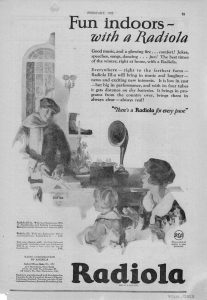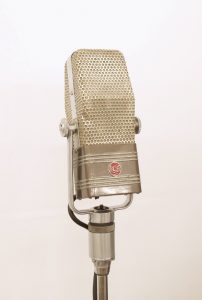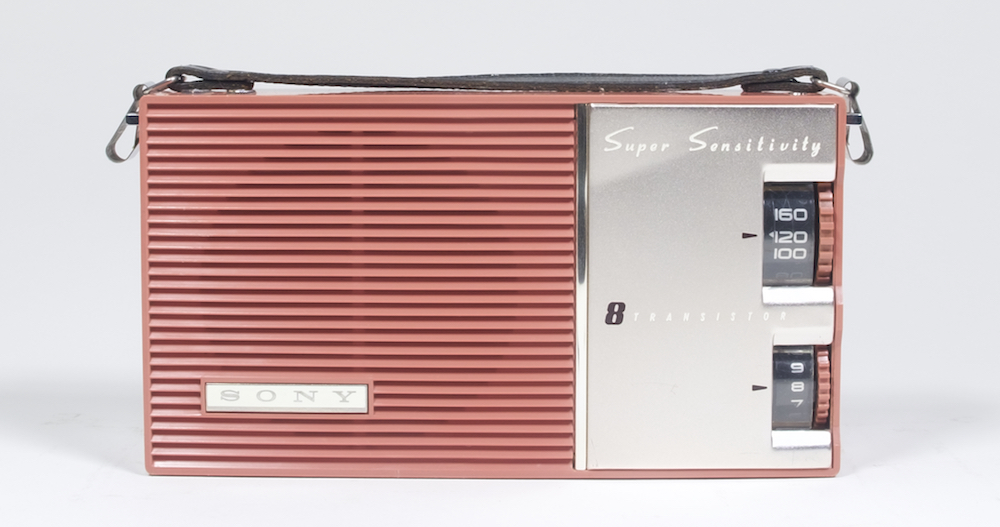Introduction
When we turn on a radio and hear a voice or music, we connect with other people and places. Our radio picks up electromagnetic waves. It receives those waves from a broadcaster through a transmitter and converts them into sound. This sound enters our home through the radio. We join other listeners and form a radio community. Audiences, broadcasters, and even equipment can be part of this community.
Taken for granted now, the experience of listening to the radio was unprecedented when broadcasting began. The Radiola advertisement from the 1920s shows us an early listener’s reaction.
Radio’s entry into Canadian homes was a series of starts and stops. In its first experimental phase, scientists, inventors, and commercial investors dominated the development. Before it was ready for the home, different technologies had to come together. In 1838, Samuel Morse first demonstrated the electric telegraph transmitted via wire. In 1877 came the wire telephone of Alexander Graham Bell. The possibility of wireless signals followed. In 1895, Guglielmo Marconi started to experiment with radiotelegraphy. He introduced his wireless telegraph to North America in 1899. The letter S in Morse code was Marconi’s first transmission across the Atlantic. He sent the signal from Poldhu, Cornwall, England to Signal Hill, St John’s, Newfoundland. In 1905, Canada passed the Wireless Telegraphy Act. From then on, experiments ceased to be only the work of scientists. Canadian Reginal Fessenden made the first wireless transmission of the human voice on Christmas Eve in 1906. Hobbyists in Canada soon joined in the adventure of radio. They built their own radios to broadcast and to listen to Morse code of other radio tinkerers or of far-away ships.
In 1914, the First World War brought this first stage of tinkering and experimentation to a halt. Radio broadcasting became regulated. During the war, the government permitted only the military to broadcast. After the war, many soldiers returned home with radio expertise. They were instrumental in the establishment of radio stations. And they worked in radio across Canada. Radio sparked the population’s imagination. Creative advertisements and the appealing designs of the radio sets added to the radio’s appeal. Canadians welcomed the radio into their homes as an essential component of daily life.
In the 1920s and 1930s, the radio was a source of information and entertainment. Canadian radio started out with independent commercial stations. They could only broadcast as far as their signal carried from their location. But in the 1930s, a public national network started to broadcast. By the Second World War, radio was a crucial source of news and a connection to the rest of the world. Equipment improved, as this robust microphone from the Radio Corporation of America (RCA) shows. Now, broadcasting could come from everywhere, even from the battlefield. In peacetime, the radio remained a source of news. But radio also offered a lot of leisure and entertainment.
The story of radio’s entry into Canadian homes is not only one of technological development. In this exhibition, we also look at radio sets as physical objects. The following story explores how hobbyists and commercial players influenced the form, use, and idea of radio. Government regulations took part in defining radio as well. We conclude our story of radio in the 1950s. Small transistor radios, like this Sony radio, became the latest fashion. By this point, radio had a firm place in everyday life. But its place in Canadian homes began to change as a new technology, television, entered the scene.




